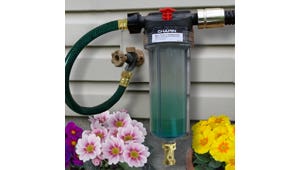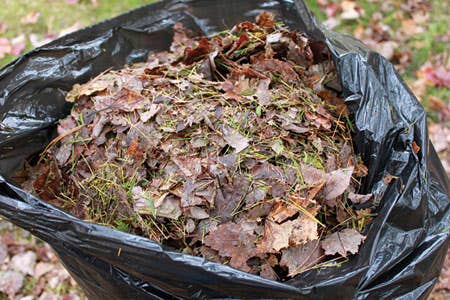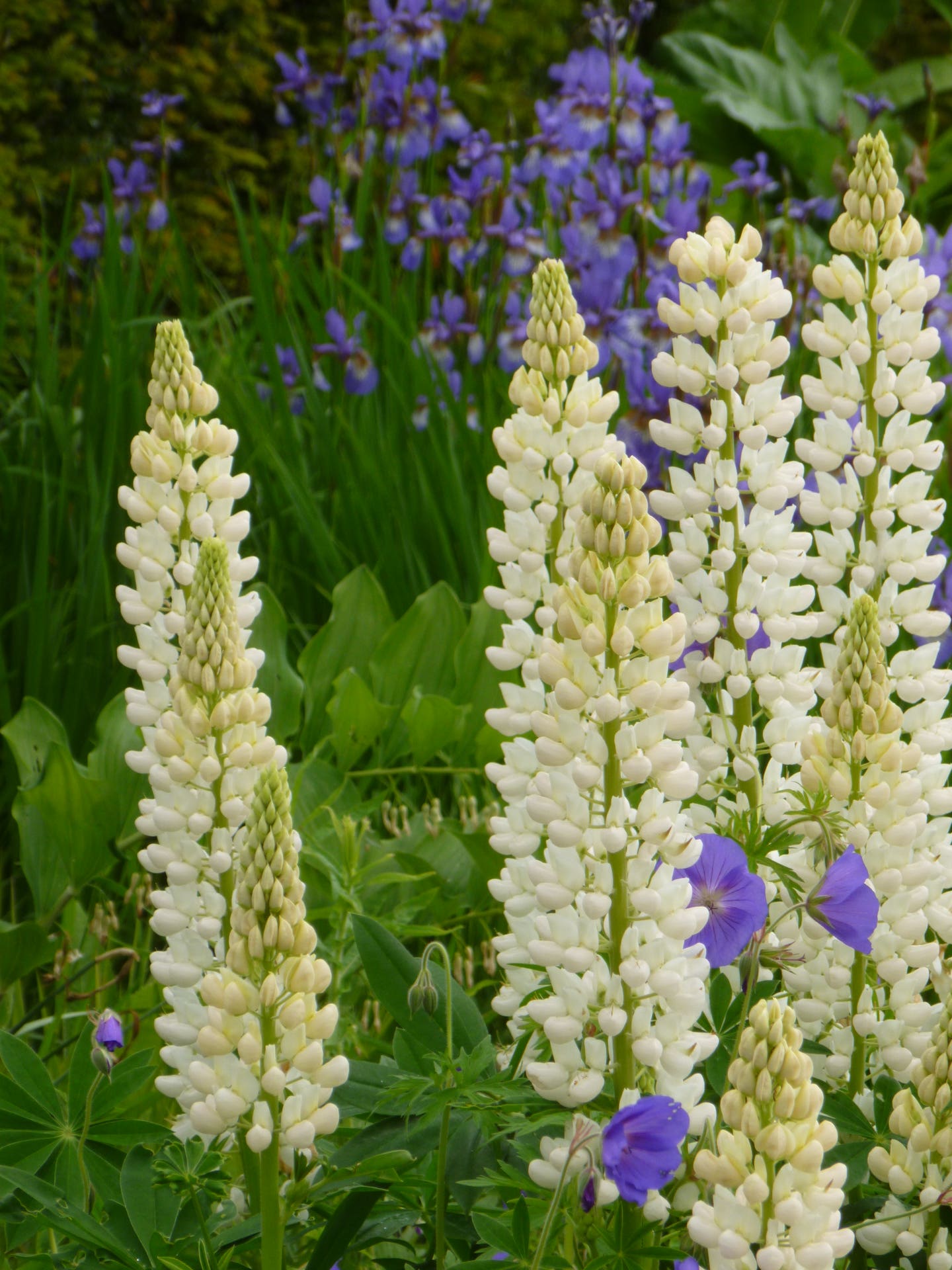An advantage of getting older is that we have the desire, and the courage, to pare down and simplify. Roses are a case in point. No longer do I want every rose known to man. For inclusion in my garden, roses must meet stringent requirements: good foliage, nice habit, no need for pesticides or herbicides and fragrant flowers.
I’ve defined these parameters because it seems I’ve tried them all. The roses I concentrate on now have the romantic appeal of the old roses with none of the drawbacks. All of them look handsome in the garden picture. They are hardy and disease-free and lend a graceful air and delicious scent.
Rugged but pretty
Many of my current favorite roses are the species and hybrids of rugosas and burnets (Rosa spinosissima). Most rugosas bloom heavily at the end of May and beginning of June here at Duck Hill, our cold USDA Zone 6 garden, and then offer an occasional flower into fall. Cut them back hard in July if you want a medium-size (four-foot) comely shrub, or let them grow to a lusty six- to eight-foot height, cutting out only the oldest wood at the base. It’s tempting to dismiss rugosas as overplanted when we see the handsome magenta and white species naturalized along vast stretches of our eastern coastline. But this Japanese rose has a wide array of gorgeous hybrids to choose from.
‘Rosaraie de l’Hay’ ravishing doubles, plum-red
‘Sarah van Fleet’ candy-pink
‘Blanc Double de Coubert’ pure white
‘Agnes’ soft apricot
‘Fru Dagmar Hastrup’ pale pink
‘Scabrosa’ deep purple-magenta, cherry tomato–like hips in late summer
The burnets are quite different in character, generally low in stature—between two and four feet—with delicate fernlike foliage. The flowers are the earliest to open, near the end of May, swirled double or single, not very large but in masses along their stems, with the heady fragrance of damask roses.
‘Single’ and ‘Double White’
‘Stanwell Perpetual’ blush pink, double hybrid that continues to offer occasional blooms into fall, well after its May spectacle.
‘Mary Queen of Scots’
‘Harrison’s Yellow’ taller hybrid with clear yellow double flowers
The leaves of all the burnets seem unfazed by the heat and humidity of Zone 6 summers, and they aren’t attractive to Japanese beetles. In fall, tiny dark maroon hips pepper the bushes, and in winter the foliage takes on a warm rusty hue. This is a rose that looks as lovely in an intimate setting in the garden as it does when used as a small hedge or banked above a stone wall, to be viewed from a distance.
Tall, elegant and easy
In contrast, the species R. moyesii is a tall, narrow arching shrub, eight- to ten feet high, for the back of the border. The flowers are single, with a showy cluster of yellow stamens studding the long branches in late May. They are intensely colored—dusky, dark blood red in the species. In August the distinctive bottle-shaped hips develop, turning scarlet by autumn.
‘Geranium’ bright scarlet
‘Highdownensis’ Schiaparelli pink
Rosa dupontii is another elegant species for the garden, about five feet high and wide, with arching branches of large single white flowers, sweetly scented and tinted with pink as they open in early June. The foliage stays healthy through the summer and in autumn round golden hips decorate the branches.
The rosarian Gregg Lowery introduced me to R. pomifera and I fell in love with it because of its astonishing red-apple hips. They weigh down the arching branches of this five-foot shrub, turning in late summer from green to fire-engine red. The flowers are charming, pale pink, single and fragrant.
If you have a rustic fence line, by all means grow our native prairie rose, R. setigera. It’s a wild thing with long whip-like canes and a wide arching habit, and, with a little coaxing, will weep gracefully over the rails. It flowers lavishly at the end of June when the other roses have faded, sprays of large single rosy pink blooms.
If you want roses that mingle charmingly with perennials and other shrubs in the garden picture, offer fragrant flowers, good foliage and autumn hips with a minimum of fussing, indulge in these lesser-known species and their hybrids.







